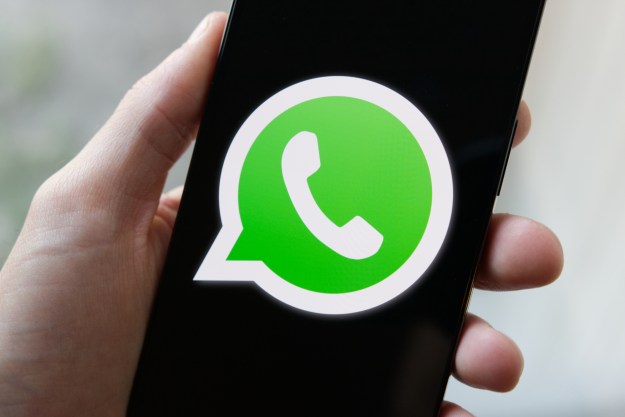
As many users of Tinder, OkCupid, and other dating apps can attest, we receive messages all too often from individuals who seem a bit … questionable. But Blume promises a different dating experience by “only allowing matched users to chat after a fun and engaging verification process,” which involves using your front-facing camera to snap a picture of yourself and sending it to your paramour. This, Blume believe, will “help women feel safe by revealing the true identity of their suitor.”
It’s an interesting concept, to be sure (though perhaps a bit superficial). Whereas many dating app users seem to complain that meeting their matches IRL can be disappointing (“He seemed much taller in his pictures,” or “Her hair was a lot longer on her profile,”) Blume ensures that users have a (very) recent picture of their match as a point of reference. Because users must use the camera from within the app, they don’t have the option of uploading fake or old photos from their camera roll. Once the selfies have been sent, they can be viewed for a total of seven seconds, after which they disappear, Snapchat-style, into the beyond.
“What’s unique about Blume is that it solves the whole catfishing issue, and makes people invest in their matches before they can start a conversation,” says 21-year-old CEO and co-founder Daniel Delouya. Because both users must show some initiation in order to begin a conversation, it provides a sort of catalyst for actual interaction that goes beyond a mutual recognition of attraction. The very act of sending selfies, Delouya says, “shows that both parties are keen on making the match happen, which leads much better communication after matching.”
According to the CEO, 65 percent of people who match on Blume end up starting a conversation. “Blume provides a safe environment where people can just relax and be themselves,” he continued. “Women, especially, tell us that for the first time ever they feel safe on a dating app by not having to worry about catfishing.”
Of course, to assume that catfishing is the only reason that women may feel uncomfortable on dating apps is a bit naive, but still, it’s certainly a problem that needs to be addressed. And with Blume, we just may be taking a step in the right direction.
Editors' Recommendations
- Everything you need to know about the massive Apple App Store outage
- 8 iPhone browser apps you should use instead of Safari
- Is Temu legit? Everything you need to know about the shopping app
- WhatsApp now lets you send self-destructing voice messages
- WhatsApp now lets you add short video messages to chats


